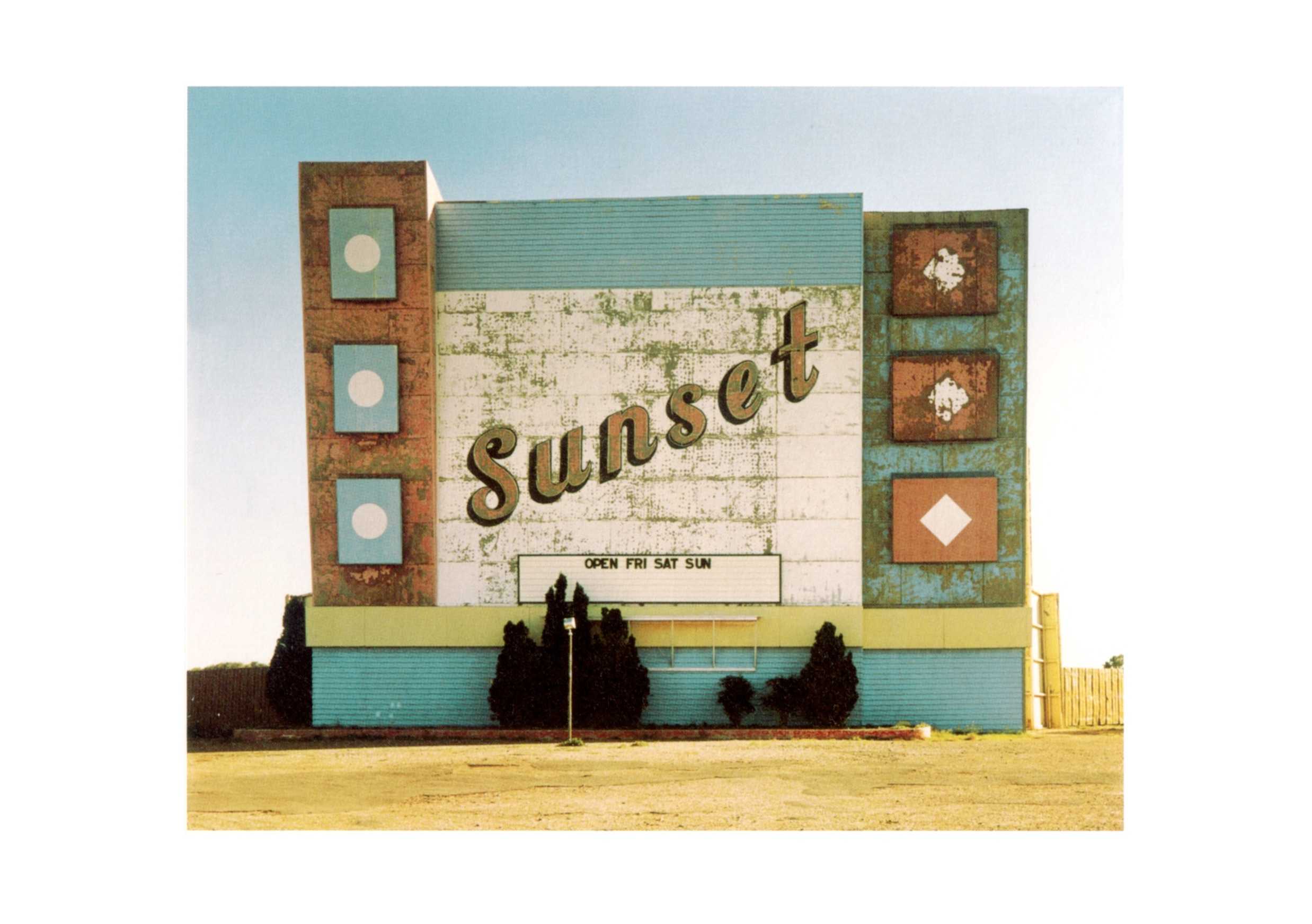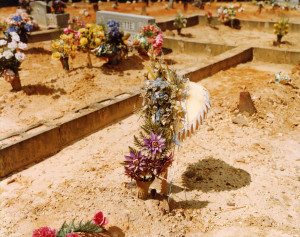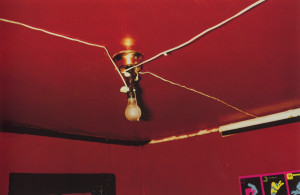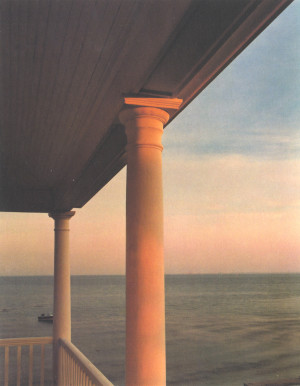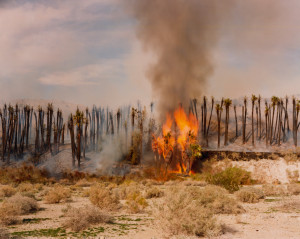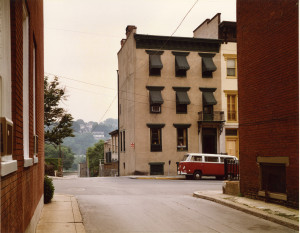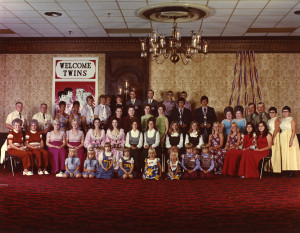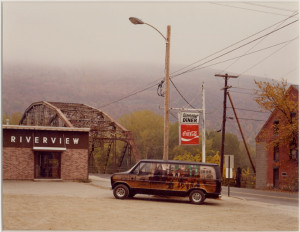Revisited
EXHIBITION Jan 20 — Mar 16, 2001
Exhibition Text
During the last years, fine art photography has experienced an incomparable boom and at last also in Germany - first and foremost the work by some of the student's of Bernd and Hilla Becher such as Gursky, Struth and Ruff. The historical context, however - the influence of much oder positions in American color photography on the young Düsseldorf School – is often ignored. With William Christenberry, William Eggleston, Joel Meyerowitz, Richard Misrach, Neal Slavin, Stephen Shore, Joel Sternfeld and Paul Outerbridge the gallery now exhibits the "fathers" of younger German photography at Kicken I. Their work, this became apparent the last time at the exhibition how you look at it at the Sprengel Museum in Hanover, is inseparably linked to the recognition of color photography as a means of legitimate artistic expression. Until the 1970s, Walker Evans' remark "color photography is vulgar" was considered as indisputable. Serious photography had to be black and white: color photography, expensive to produce and not resistant to light, was left to advertising and journalism. This only changed at the beginning of the 1970s when American photographers no longer regarded color to have a decorative status, but as an independent means to represent everyday experience. The works exhibited at KICKEN BERLIN show how much the masters of American color photography understand to form color as a personal means of expression. Even a green tiled shower cabin (Green Bathroom, Memphis, early 1970s) is transformed into a visual event in front of the lens of William Eggleston. Details of everyday life are changed into lyrical images; banality gains a peculiar beauty. Just like his photographs of parking spaces and street crossings in the supposed nowhere, Stephen Shore's Sunset from 1974 is a shimmering evidence of the nameless and unsensational "American Way of Life". Embedded in the everyday, Shore's photographs of a Back-Street-America always enable the viewer to find the exceptional. Nothing is more fascinating than the frozen images of a past moment for example the post-apocalyptic landscapes by Richard Misrach, who photographs the terrible beauty of the burning desolateness (Desert Fire #1, Burning Palms, 1983). – The sensitive photographs of Cape Code, in which Joel. Meyrowitz captures the atmosphere and the changing light of this landscape that was highly appreciated by Walker Evans and Edward Hopper. Or the lovingly cutting irony Neal Slavin uses to portray American clubs and societies. Or Joel. Sternfeld's quiet images of places, that in the close or distant past were scenes of violence and crime.
Complementary, KICKEN II demonstrates the historical context of American color photography: the work of Paul Outerbridge is one of the great rediscoveries in the history of photography.
